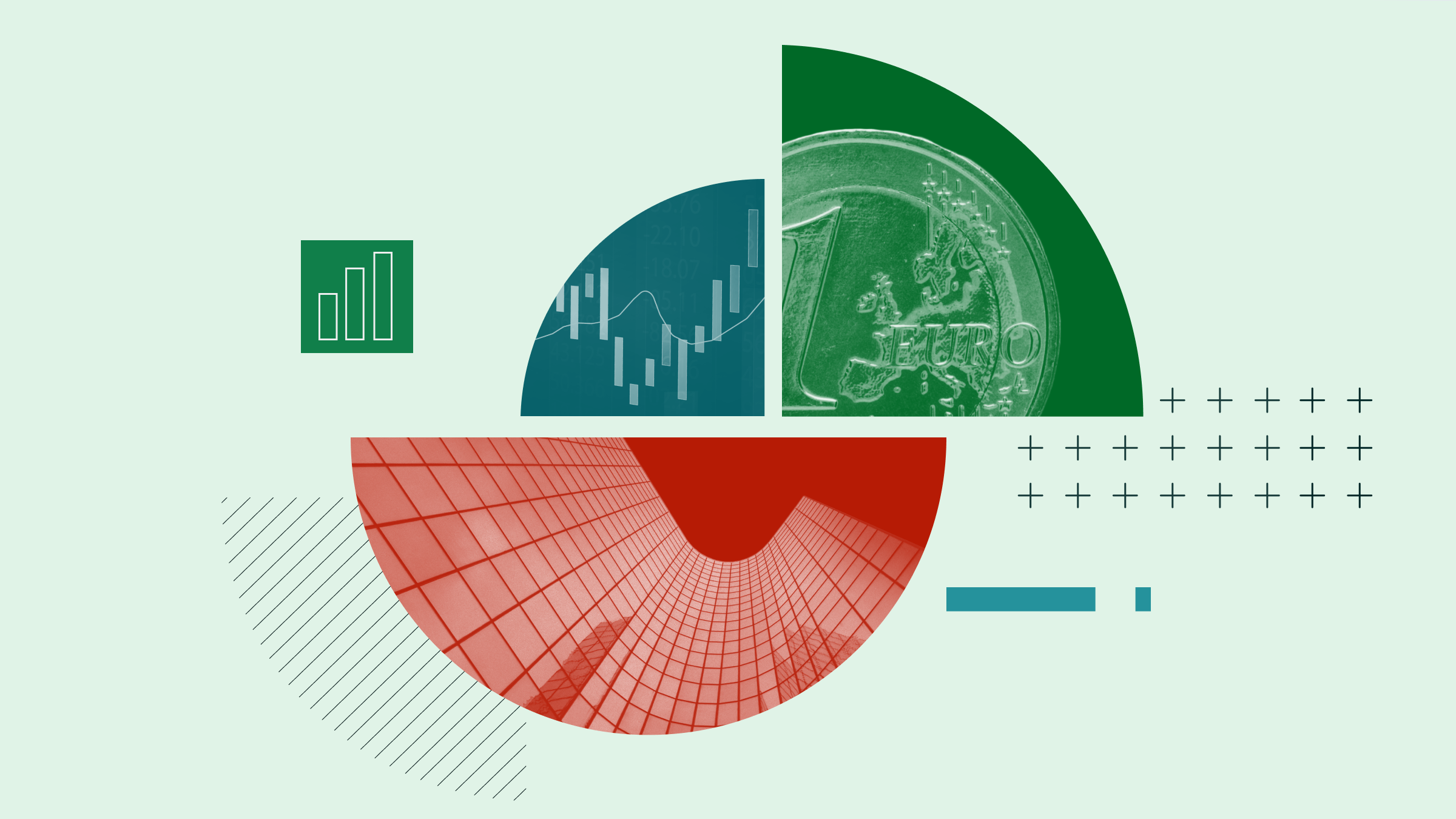Jeremy Glaser: For Morningstar, I'm Jeremy Glaser. We recently launched our portfolio Carbon Risk Score. I'm here with Jon Hale, he is our director of sustainable investing research, to describe what it is and how fund investors can use it.
Jon, thanks for joining me.
Jon Hale: My pleasure.
Glaser: Let's just start with the basics. What is this Carbon Risk Score?
Hale: Well, Jeremy, the Carbon Risk Score is really a way to assess to how well prepared the companies in a fund's portfolio are for the transition away from a fossil fuel-based economy to a lower carbon economy. That is a transition that's already well under way, and we have more and more investors globally who are interested in better understanding the implications of it on their portfolios.
Glaser: What is it actually measuring? How does this work?
Hale: The portfolio score is based on a company-level evaluation of carbon risk that is done by Sustainalytics, which is our ESG research partner. The company carbon risk rating really evaluates the degree to which a company's economic value is at risk in this transition to a low carbon economy. Specifically, what they do is they take account, first of all, of a company's carbon exposure, what's its greenhouse gas emissions in its operations and in the use of its products and services. Then they assess, what is the company doing to address those emissions. Some companies are already taking action on it. Others have plans to take action. What is a company doing to manage the carbon risk? The outcome of all this is that, you might have two companies that have sort of equal levels of carbon emissions, but one is managing those emissions to a much greater degree than another, so it has a lower Carbon Risk Score. What we are doing at the portfolio level is rolling that all up to create portfolio Carbon Risk Scores.
Glaser: If you are a fund investor, what would you do with this information? Is this a buy/sell signal? Is it just an informational piece?
Hale: What it's best used for is to allow a fund investor to incorporate climate awareness into their end decision-making. For some investors, that might be, I want to have an impact on climate change, so I'm going to direct my capital in certain directions to try to help achieve that. Others might just see it as a prudent way to manage risk going forward. There's different ways to do it. You'll be able to compare funds with their peers, with benchmarks. You'd be able to evaluate a fund over time to see how its carbon risk levels move at different times with different portfolios.
Glaser: How does this interact with the Sustainability Rating, the globes? How are these two related?
Hale: They are somewhat related. The Sustainability Rating is a bit more of a broad, holistic take on environmental, social, and corporate governance issues. In that environmental pillar, so to speak, carbon risk is part of that. This really kind of takes that out of the overall Sustainability Rating and says to investors, here is an evaluation of actual carbon risk in your portfolio. It's a bit more focused, obviously, around carbon.
Glaser: Finally, we are adding a low-carbon portfolio designation. Can you talk to us about what that is?
Hale: The portfolio designation is going to be for funds that have low overall portfolio Carbon Risk Scores on average for the trailing 12 months and also have relatively low levels of fossil fuel exposure. It's a way for investors, the marketplace in general, to quickly identify the funds that are out there that are already low-carbon funds and gives them a good starting point to evaluate funds.
The thing that we are noticing is that there is a lot of variation among different fund categories in terms of funds' Carbon Risk Scores. It is possible, regardless of category, to find and to identify these kinds of funds, and our designation will help people do that.
Glaser: Jon, thanks for joining me today.
Hale: My pleasure.
Glaser: For Morningstar, I'm Jeremy Glaser. Thanks for watching.





:quality(80)/cloudfront-us-east-1.images.arcpublishing.com/morningstar/6BCTH5O2DVGYHBA4UDPCFNXA7M.png)
:quality(80)/cloudfront-us-east-1.images.arcpublishing.com/morningstar/Q7DQFQYMEZD7HIR6KC5R42XEDI.png)













